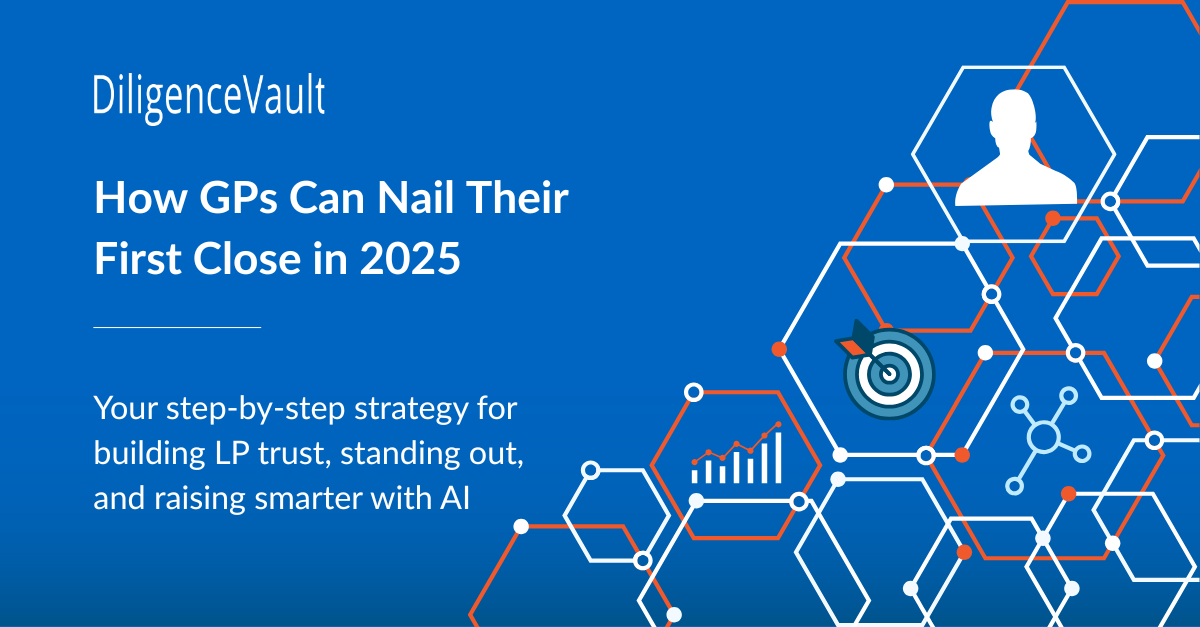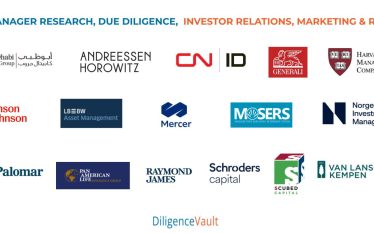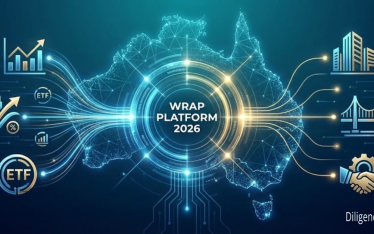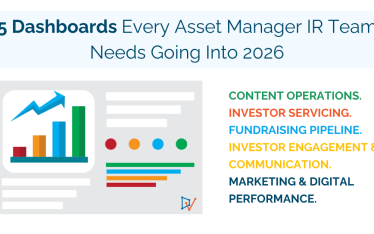Your step-by-step strategy for building LP trust, standing out, and raising smarter with AI
As we approach the final stretch of summer, general partners (GPs) preparing to raise capital in 2025 are facing a pivotal moment. While inboxes and calendars are still relatively calm, the post-Labor Day fundraising frenzy is just around the corner. That makes August your unfair advantage, if you know how to use it.
In this guide, we break down exactly how to prepare for a first close that’s fast, focused, and fund-ready.
Use August to Get Ahead
Fundraising is global, but calendars aren’t aligned. While European LPs are still on holiday through mid-September and the Southern Hemisphere slows down in December and January, U.S.-based LPs start ramping up in earnest just after Labor Day. That gives you a short but powerful window to align your team, finalize your materials, and refine your strategy before the real momentum hits. August isn’t just quiet: it’s an opportunity to get ahead.
Segment Your LP Strategy
Not all limited partners (LPs) operate the same way, and treating them as a monolith is a surefire way to fall flat. Institutional LPs tend to move slowly, with deep diligence processes and consultant involvement. Wealth platforms prioritize speed and standardization, while family offices are often relationship-driven and opportunistic. Consultant-led LPs, meanwhile, involve multiple approval layers and expect repeat touchpoints. Understanding these differences is crucial to tailoring your approach.
Beyond surface-level segmentation, take the time to truly get to know your target LPs. Many will share their investment priorities, what they look for and what they avoid, on their websites, podcasts, or blog posts. Learn their timelines. Verify check sizes through public data or past investments. And don’t be afraid to ask thoughtful questions: Are they over-allocated? What’s their current re-up behavior? Where are they feeling pain, DPI, secondaries, team turnover?
Fundraising isn’t just about capital; it’s about building partnerships that last beyond a single close.
Own the Hard Questions
Every fund has a weak point. The difference between average and exceptional GPs is how they address it. If you’re a first-time fund, lean into your alignment with LPs, your investor-friendly terms, and the credibility of your team. If you’ve had recent markdowns, demonstrate discipline in decision-making and show your recovery roadmap. Confidence builds credibility. Anticipating hard questions, and preparing thoughtful, direct answers, is one of the most powerful things you can do to build trust.
Placement Agents: Know When to Use One
A placement agent can be a valuable extension of your team, especially if you lack relationships in a specific region or channel. They can help you fine-tune your story and scale your outreach. But they’re not a substitute for strategy. If your messaging is still in development or you expect them to do all the heavy lifting, you may want to pause. Agents should amplify your story, not own it.
Materials That Build Trust
Before making your first call, your materials should be ready to impress. Start with a sharp, cohesive pitch deck that clearly communicates your strategy, edge, and team. Support it with structured due diligence questionnaires (DDQs) and compelling case studies, using ILPA, AIMA, or INREV templates as a guide. Make sure all key documents are prepared: your ADV, valuation methodologies, ESG policies, and risk controls.
Your data room should be versioned, intuitive, and free of unnecessary friction: no locked PDFs or micro-fonts. LPs should be able to navigate it without a manual. For extra polish, consider adding a short video or microsite that introduces your firm. Every touchpoint is a chance to build confidence and reduce friction.
Use AI Wisely
AI won’t replace the human element of fundraising, but it can make your team more efficient. Use it to draft DDQ responses, organize fund documents, synthesize LP feedback, and prep for meetings with intelligent Q&A. You can also use it to generate first drafts of decks or summaries, but keep your origin story and investment edge human.
Trust and judgment can’t be automated. AI should be the engine that powers your workflows, not the voice that defines your fund.
Build Your Fundraising Kit
To raise efficiently in 2025, equip your team with repeatable, tech-enabled systems. Train them on AI workflows and platforms like DiligenceVault. Audit your materials and identify areas where automation can improve consistency and speed. Create a modular fundraising kit that includes reusable language, plug-and-play responses, and a repository of ready-to-send content.
With a platform like DiligenceVault, you can auto-fill LP DDQs, collaborate across teams, track feedback, and respond faster, all while maintaining consistency and quality.
Your Roadmap to First Close
Here’s a high-level view of what a successful path to first close looks like:
- T+1: Prep + Soft Circle
Finalize your deck, DDQs, and data room. Map warm intros to target LPs and begin soft conversations to gather early signals. - T+2: Launch Outreach
Begin formal LP meetings. Attend conferences and publish thought leadership to stay visible. - T+¾: Deep Diligence
Respond to detailed diligence requests, run operational due diligence, and engage with consultants and references. - T+5: Convert Interest
Negotiate terms, finalize side letters, and prepare legal and operational documents for close. - T+6: Execute First Close
Announce the milestone, roll momentum into your second-close pipeline, and thank your early backers.
Avoid the Traps
Even well-positioned GPs can lose momentum by falling into common traps. Don’t start outreach before your materials are fully ready. Avoid ignoring LP calendars: summer holidays, investment committee meetings, and year-end timing can all derail momentum. Be honest about valuation marks, team changes, and strategy pivots. Generic decks and misaligned messaging are red flags. So is relying too heavily on a placement agent without owning your own story.
Most importantly, don’t disappear after the first meeting. Track feedback. Follow up thoughtfully. Show you’re serious.
Final Thoughts
Your first close isn’t just a milestone: it’s a signal. To LPs, to the market, and to your own team, it shows that your strategy is working. In 2025, the most successful GPs won’t just be the best marketers or the best managers. They’ll be the best prepared.
If you’re ready to streamline your fundraising process, reduce manual work, and respond to LPs with precision, DiligenceVault can help. Our platform powers modern diligence with structured workflows, AI efficiency, and seamless collaboration.
Because in 2025, fundraising isn’t human vs. AI. It’s human + AI done right.
Need a smarter way to prepare?
DiligenceVault streamlines due diligence, automates document management, and helps you raise with confidence. Learn how we’re powering the next generation of fundraisers.
Explore More Resources:
- 📄 The ILPA Due Diligence Questionnaire (ILPA DDQ) – A key industry standard, available through DiligenceVault
- 🤖 How AI Powers DiligenceVault – Discover how AI is embedded into the platform to streamline diligence
- 🗂️ DiligenceVault’s 2025 Conference Resource List



